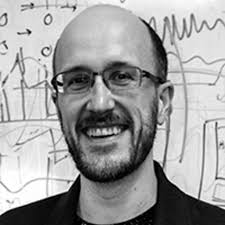Prof. Colin Ophus (Stanford): "Simulation Methods for High Energy Electron Scattering Experiments"

https://technion.zoom.us/j/92415680858
Simulation methods are important both to help interpret electron scattering experiments, and to design and test new experimental methods. In this tutorial, I will cover a wide range of numerical simulation methods. For transmission electron microscopy (TEM) experiments, I will cover the most important method for imaging and diffraction experiments: the multislice method. I will also show how Bloch wave simulations can be used to simulate electron diffraction patterns. Scanning TEM (STEM) experiments are often require significantly more computational power, and so I will also describe the recently developed PRISM and lattice multislice algorithms, which can speed up STEM imaging and four-dimensional (4D)STEM simulations by orders of magnitude. STEM and TEM spectroscopy and spectrometry experiments are potentially even more difficult and computationally expensive to accurately simulate. For STEM electron energy loss spectroscopy (EELS), I will briefly outline (1) methods to simulate dipole scattering and localized vibrational scattering for phonon spectra, (2) Monte Carlo simulations of plasmon scattering, and (3) several different methods used to analyze core-loss excitation experiments. I will also discuss how Monte Carlo methods can be used to simulate electron probe microanalysis (EPMA) and x-ray electron dispersive spectrometry (XEDS) experiments. I will also cover simulations of electron backscatter diffraction experiments (EBSD) both with kinematic and dynamical (Bloch wave) methods. Finally, I will also discuss the ingredients needed for general multislice simulations of high energy electron scattering which incorporate both backscattered and inelastic scattering events.
